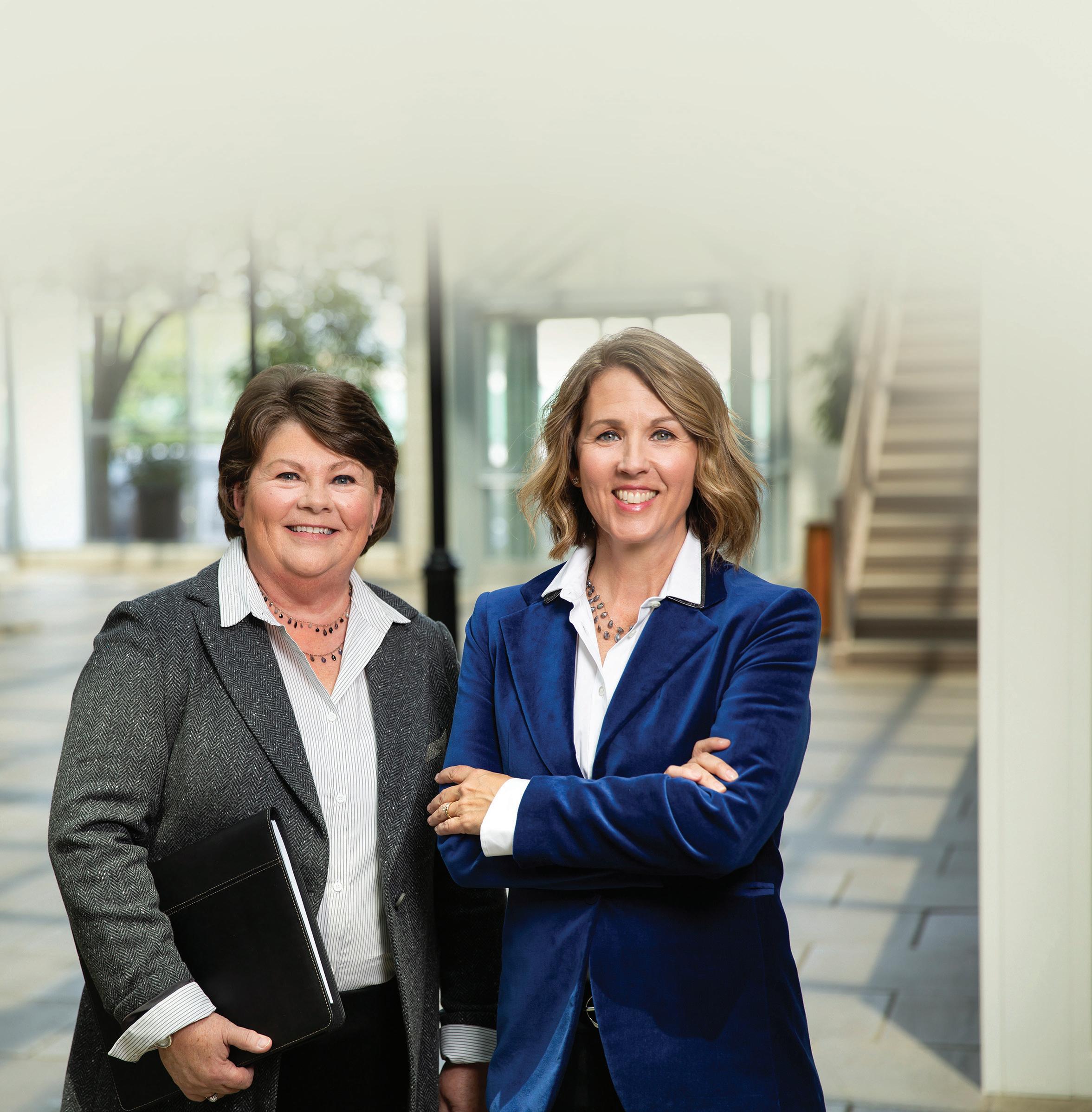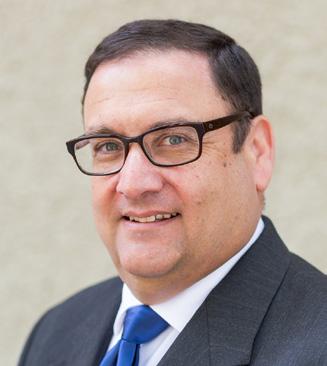
4 minute read
Protecting Yourself from Scams
BY BRUCE A. GRAY, CPA, CGMA
Technology provides us with tools that make our daily lives more convenient. With the ability to access data while on the move and from virtually any device with internet access, search engines that can help us find answers to our questions in seconds, and handheld apps right in our phone or tablet, things have never been so convenient.
Great, right? Yes and no. The fact that we transmit and store so much data via the internet leaves us with a vulnerability that was not much of a problem 20 years ago. Information is readily accessible for those who have the tools and the incentive to find it. This makes us vulnerable to scams perpetrated by the unscrupulous. Some of these scams use the very technology that makes our lives convenient, while others simply use non-technological means to exploit the information that they can obtain via our “wired” lives. The availability of information will only increase as time goes on, so what is the best way to balance convenience with the importance of protecting oneself from scams?
1. As professionals, we have a high standard for protecting the personal data of our clients and employers. But do you exercise the same caution with your own personal data? Do you carelessly discard documents containing identifying information such as your social security number, birthdate, name, and address without shredding the document? Or worse, do you email such data in an unencrypted format? Someone who is intent on taking advantage would have enough information from the above data items to steal your identity and possibly open credit accounts in your name.
2. How well do you control your online presence? Social media, dating, retail, and even search engines capture user data that can be exploited. It is important to manage privacy settings, use strong passwords (different ones for different sites), and be judicious with what information you provide online.
3. Be sure you know who you are engaging when online. Simple, easily accessible tools allow true email addresses and URLs to be hidden or appear to be from someone/somewhere else. Take clicking on a link in an email because the sender is someone you know. Or is it? Was the person’s email account hacked? Is the sender’s email address really where it’s coming from? Once someone’s account has been hacked, the hacker can send email from that person’s account, leading you to believe that the email legitimately came from the person you know. Be suspicious of emails with links, even from people you know. Rather than clicking on the link, verify where it’s going using the “hover” method: Hold your mouse over a link in an email or on a website, and most tools will show you the actual URL of the link instead of what is appearing in the email text. I once received an email from a family member with instructions to open an important document in Google Docs. When I hovered over the link, the displayed URL had an unusual segment in the URL that I wouldn’t have expected if I were being directed to a Google Drive document.
4. An extension of knowing with whom you are engaging can be applied when receiving a phone call. Several recent scams have the caller identifying him- or herself as an IRS agent, a law enforcement officer, or simply doesn’t identify the caller at all. They can then explain that they need you to provide money for back taxes or to help bail someone out of jail. The threat is that if you fail to comply, you will be arrested. Even Caller ID can be manipulated to show that the call is coming from someone else. Don’t offer any information on the phone unless you are certain you know with whom you are speaking. Try to confirm the allegations via alternative means. Also be aware that the IRS never contacts taxpayers first by telephone. Initial communication from the IRS is always via letter. If someone claims to be a friend or relative and asks for money to resolve a problem, say that you need to call back and contact the friend or relative independently to confirm.
5. Consider having a low limit credit card for internet purchases, or use a PayPal account that cannot automatically draw on a credit card or bank account. E-commerce is growing and is a part of our everyday lives, but it can be an easy way for someone to access your money if you are not prudent.
6. Texting personal data is also risky. Text messages move over cellular networks and can be accessed in the same way as emails and other internet communication.
7. Use common sense. While this may seem almost too obvious, people sometimes don’t stop to think about whether or not a scenario passes the “smell” test. Does it make sense? Does it seem too good to be true, or too horrible to be possible? These questions should at least give you pause before you fall victim to a scam.
8. Be aware. Stay up to date on scams that are publicized in the news media. If you find yourself in a situation that resembles one that you’ve seen in the news, take the time to consider whether you are about to become a victim. Knowledge is power – use it.
9. The elderly are often easy targets for perpetrators of scams. If you are elderly or care for elderly friends or relatives, make sure that you adopt or instill a healthy sense of skepticism.
Scams are not a new phenomenon. There have always been those who take advantage and exploit others for their own gain. The challenge in today’s world is the ease with which perpetrators can obtain information and hide their identity using technological tools. As is true for many situations, the best defense is a good offense. Be aware of your behaviors that put you at risk. Monitor your credit and online presence regularly. (Do a Google search on yourself – you’ll probably be surprised at what you find).
Should you find yourself a victim, be sure to notify the authorities and any sites or institutions through which the scam was accomplished. All banks, the IRS, and many retailers have fraud departments to address issues of identity theft and scams. Don’t be a victim. Instead, be a victor by knowing what to look for to avoid scams.
Originally published in California CPA Magazine.
Bruce A. Gray, CPA, CGMA, Milliken, is a member of the COCPA Technology Users Group. Contact him at bruce@bagcpa.net For information on and to join the Technology Users Group, contact Stacy Svendsen at stacy@cocpa.org.










